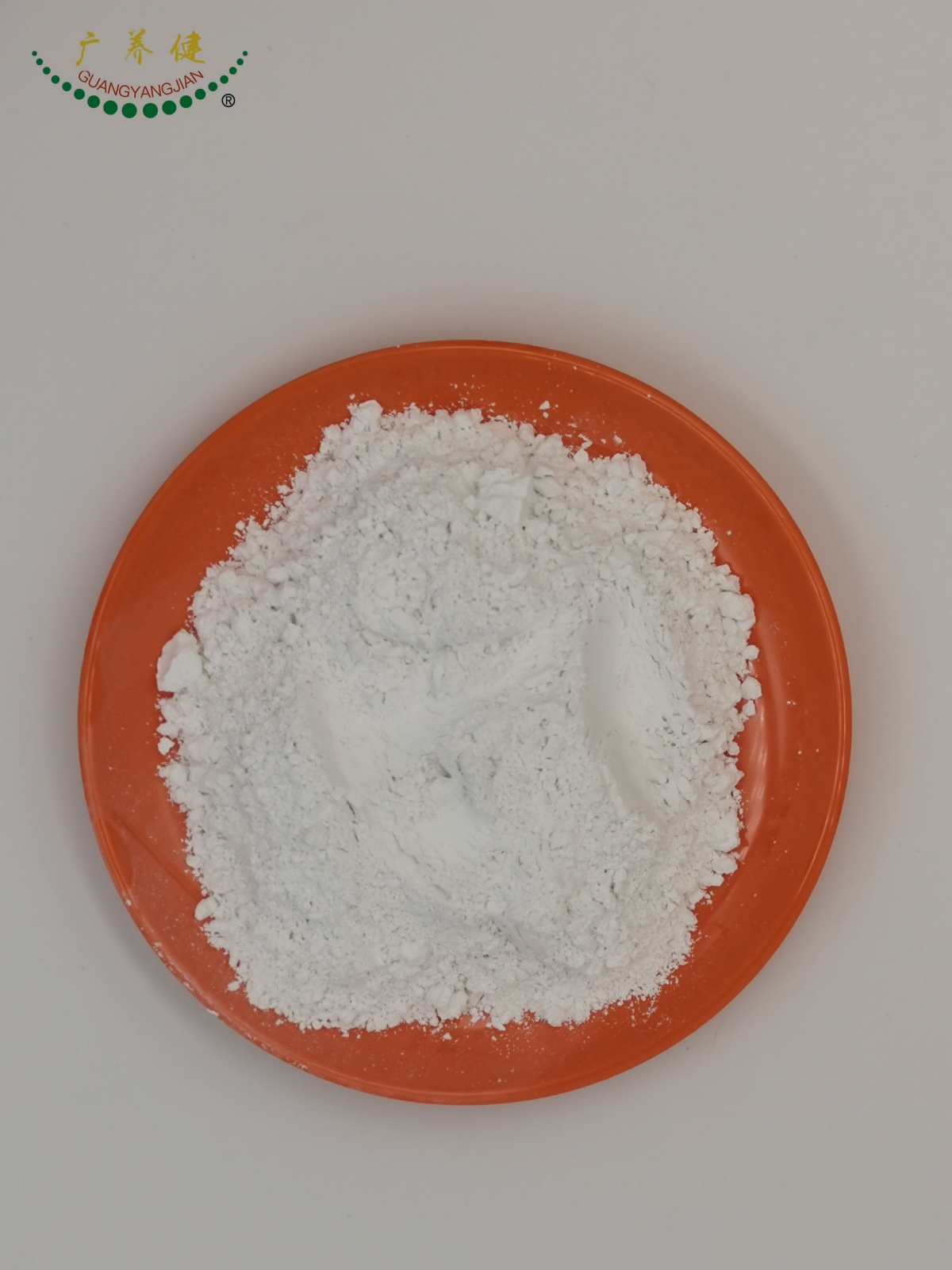- 28
- Oct
Broad-Spectrum Antibacterial Effect Ciprofloxacin Hydrochloride CAS 85721-33-1
 |
Ciprofloxacin Hydrochloride CAS 85721-33-1
Port: Shenzhen, China |

| Prodcut name | ciprofloxacin hcl |
| Standard packing material | Aluminum foil bag inside, then waterproof bag or carton |
| Appearance | White white |
| Purity | 99% |
| Storage | Preserve in tight,light-resistant containers in a cool place |
Ciprofloxacin is the most widely used of the second-generation quinolones.In 2010, over 20 million prescriptions were written, making it the 35th-most commonly prescribed generic drug and the 5th-most commonly prescribed antibacterial in the U.S.
Application:
1.Ciprofloxacin is used to treat a wide variety of infections, including infections of bones and joints, endocarditis,
gastroenteritis, malignant otitis externa, respiratory tract infections, cellulitis, urinary tract infections,prostatitis, anthrax
, and chancroid.2.Ciprofloxacin only treats bacterial infections; it does not treat viral infections such as the common cold. For certain uses
including acute sinusitis, lower respiratory tract infections and uncomplicated gonorrhea, ciprofloxacin is not considered a
first-line agent.3.Ciprofloxacin occupies an important role in treatment guidelines issued by major medical societies for the treatment of serious infections, especially those likely to be caused by Gram-negative bacteria, including Pseudomonas aeruginosa. For example, ciprofloxacin in combination with metronidazole is one of several first-line antibiotic regimens recommended by the Infectious Diseases Society of America for the treatment of community-acquired abdominal infections in adults.It also features prominently in treatment guidelines for acute pyelonephritis, complicated or hospital-acquired urinary tract infection, acute or chronic prostatitis,certain types of endocarditis, certain skin infections, and prosthetic joint infections.
gastroenteritis, malignant otitis externa, respiratory tract infections, cellulitis, urinary tract infections,prostatitis, anthrax
, and chancroid.2.Ciprofloxacin only treats bacterial infections; it does not treat viral infections such as the common cold. For certain uses
including acute sinusitis, lower respiratory tract infections and uncomplicated gonorrhea, ciprofloxacin is not considered a
first-line agent.3.Ciprofloxacin occupies an important role in treatment guidelines issued by major medical societies for the treatment of serious infections, especially those likely to be caused by Gram-negative bacteria, including Pseudomonas aeruginosa. For example, ciprofloxacin in combination with metronidazole is one of several first-line antibiotic regimens recommended by the Infectious Diseases Society of America for the treatment of community-acquired abdominal infections in adults.It also features prominently in treatment guidelines for acute pyelonephritis, complicated or hospital-acquired urinary tract infection, acute or chronic prostatitis,certain types of endocarditis, certain skin infections, and prosthetic joint infections.
